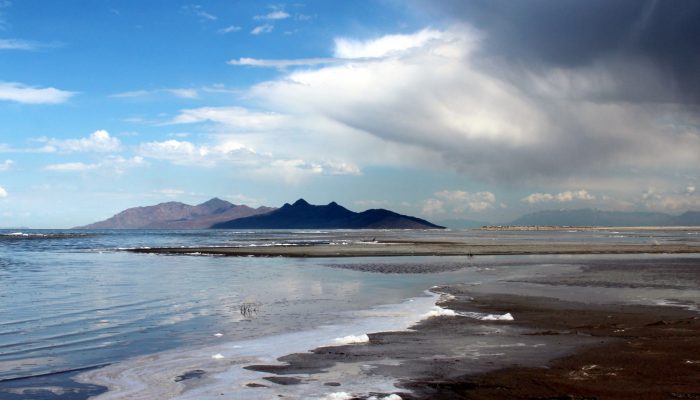
On the blog today, Jennifer Ziesch, a researcher at the Leibniz Institute for Applied Geophysics, takes us on a tour of the Great Salt Lake, located in the north of Salt Lake City (Utah). Did you know it is one of the largest salt water lakes in the world?
The large salt lake and Salt Lake City, named after the lake, lie on a flat plain about 1300 m above sea level. The salt lake is bordered to the east by the beautiful high Uinta Mountains (3700 – 4100 m) – part of the Rocky Mountains – and to the west by a huge salt desert, which developed towards the end of the last Ice Age due to dehydration. A semi-arid climate characterizes the landscape of the lake and surrounding area.
Like the Dead Sea, the Great Salt Lake is shrinking rapidly. In the middle of the 19th Century, the lake was almost twice as large as it is today. Mankind diverts the inflow of freshwater from the rivers for agriculture and industry. Local people have reported problems with saline groundwater.
The Great Salt Lake is becoming more salty (up to 27%). How high the salinity is shown in the close-up of a footprint. Salt crystals are formed in their full beauty.
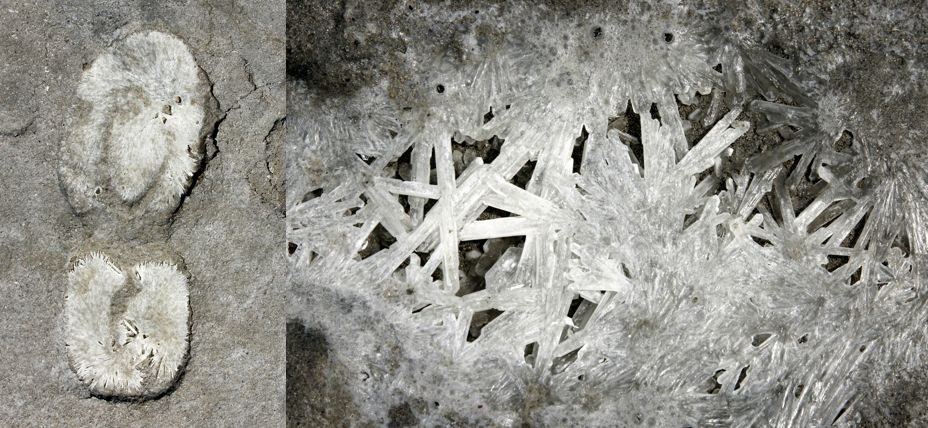
Salt precipitation after a walk near the Great Salt Lake. Credit: Jennifer Ziesch (distributed via imaggeo.egu.eu)
The economy uses the salt and other minerals for fertilisers and wintering products. Unfortunately, the ecosystem is becoming more and more fragile: bird species, crabs and other creatures are losing their habitat.
By Jennifer Ziesch, geoscientist at the Leibniz Institute for Applied Geophysics.
Editor’s note: This text was modified on 14/02/2017 with the addition of an extra photograph to show salt precipitation in the lake.
If you pre-register for the 2017 General Assembly (Vienna, 22 – 28 April), you can take part in our annual photo competition! From 1 February up until 1 March, every participant pre-registered for the General Assembly can submit up three original photos and one moving image related to the Earth, planetary, and space sciences in competition for free registration to next year’s General Assembly! These can include fantastic field photos, a stunning shot of your favourite thin section, what you’ve captured out on holiday or under the electron microscope – if it’s geoscientific, it fits the bill. Find out more about how to take part at http://imaggeo.egu.eu/photo-contest/information/.

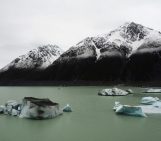
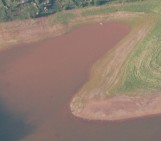
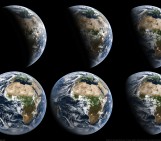
dermokozmetik
Great event! I like your dead sea pictures ☺